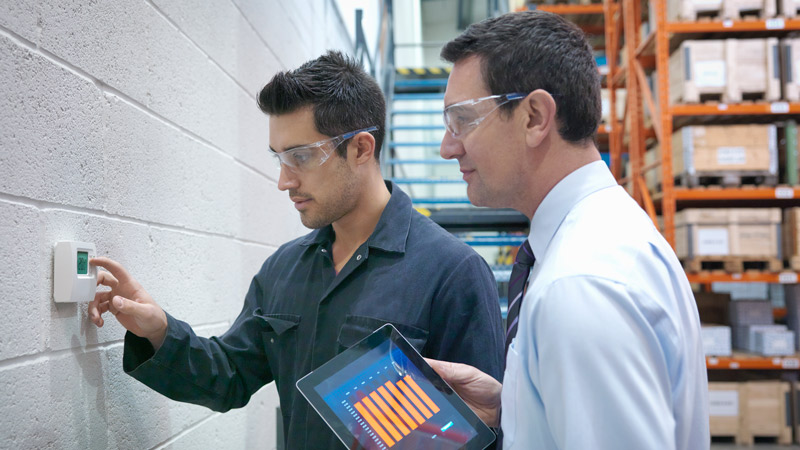As the U.S. has shifted, seemingly overnight, to a predominantly work-from-home model due to Covid-19, many data center and IT professionals have been scrambling to manage this sudden shift in their network demands. If this created a sense that the industry was somehow insulated from the 21+ million jobs lost nationwide since mid-March, the April jobs report shattered that misconception. The U.S. IT sector lost 111,900 jobs in April, the largest monthly loss in the industry’s history.
The news was a harsh reminder that no industry will be spared from the economic impact of Covid-19, and no one is more aware of that reality than the IT workers themselves. According to a report from Strada, 51 percent of the IT workers they surveyed said they are worried about losing their jobs and nearly half say they would change fields if that happened. Needless to say, there is an overwhelming feeling of uncertainty across our industry as we all try to navigate this pandemic.
Our customers are feeling it. They’re grappling with shifting demands, fluctuating budgets and real concerns about their jobs. Those questions are influencing the decisions they make about their networks and the investments needed to ensure those networks remain operational through this crisis. New technology investments can be a difficult sell to shell-shocked CIOs and CEOs, so in many cases, data center managers are looking for ways to extend the life and ensure reliable operation of their existing equipment. With that in mind, here are a few maintenance tasks to help bridge to a post-pandemic world.
- Prioritize parts that wear out: Your high-mileage car may be as reliable as ever, but not without maintenance or replacement of certain parts. Brakes, tires, headlights and countless other critical pieces of equipment eventually and unavoidably wear out. This is true in the data center as well, but forward-thinking data center managers will take steps to ensure it doesn’t happen in the middle of a pandemic. For example: Fans in cooling systems have ball bearings that eventually wear out. Capacitors in a UPS are filled with oil that, over time, degrades and can cause a failure. These are things that can be replaced quickly, easily and with little expense, and they can extend the life of critical infrastructure equipment.
- Don’t forget the batteries: Sure, batteries fall under the “things that wear out” umbrella, but they’re so important they deserve their own discussion. UPS battery failure is the 1 cause of data center downtime, which is surprising only because it’s so preventable. Battery monitoring and testing services are readily available and designed specifically to ensure UPS batteries are up to the task when called upon. If your data center decides to try to extend the life of its current UPS, do not assume your current batteries will last as long – they won’t. VRLA batteries need to be replaced well before the typical UPS. That’s one reason more and more organizations are opting for lithium-ion batteries as an alternative to VRLA. Lithium-ion batteries can last twice as long as VRLA and provide other benefits, including reduced weight and longer runtimes. With lithium adoption increasing, the price difference between lithium-ion and VRLA is shrinking and the TCO is becoming more and more compelling.
- Stay up to date with thermal upgrades: Data center cooling technologies evolve quickly, meaning units installed 5-7 years ago likely lag behind the state of the art in terms of efficiency and flexibility. However, investing in new cooling systems is exactly the kind of decision many organizations are delaying due to the pandemic. A manageable middle ground is available in the form of upgrades to legacy thermal equipment. By changing out motors and adding variable speed drives and modern advanced controls, those older systems can operate almost as efficiently as today’s models. These upgrades transform static systems with two operating modes – off or on – into dynamic thermal management systems that can adjust temperature and fan speed to tailor cooling to the needs of the space. We’ve seen customers improve efficiency and extend the expected life of their cooling units by 5-7 years with a return on investment of two years or less.
We get it. It’s a tough time for everyone, and the data center industry isn’t immune. With so much uncertainty, caution is warranted, and that extends to important decisions that can impact the ability of your data center to meet your organization’s demands. Caution should not equal inactivity, however. There are important actions you can and should take to maintain your equipment and ensure your data center remains available and efficient through this crisis.
How is your data center coping with Covid-19?





